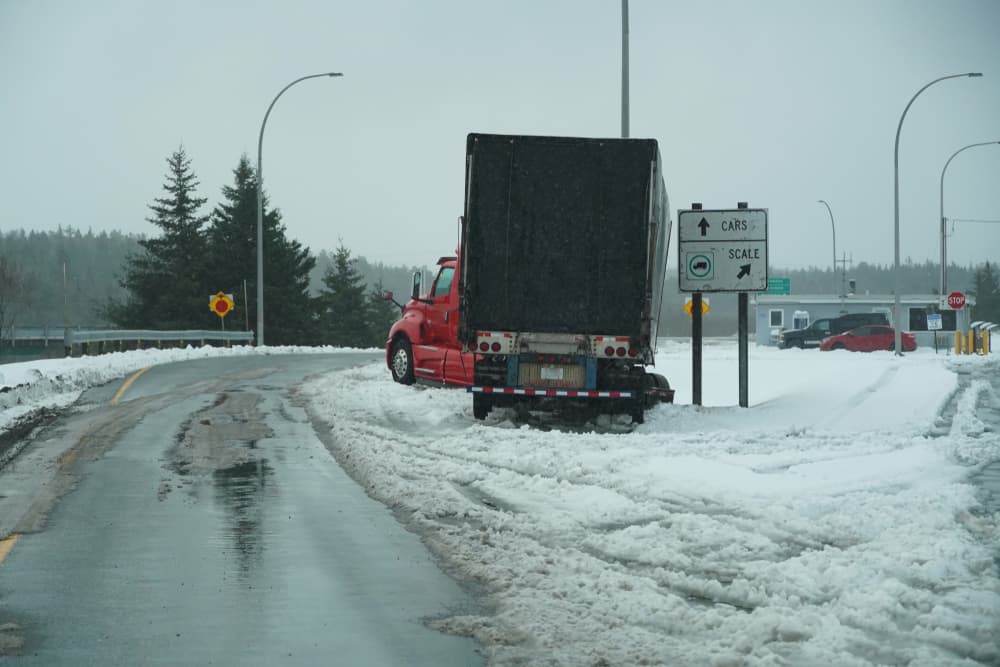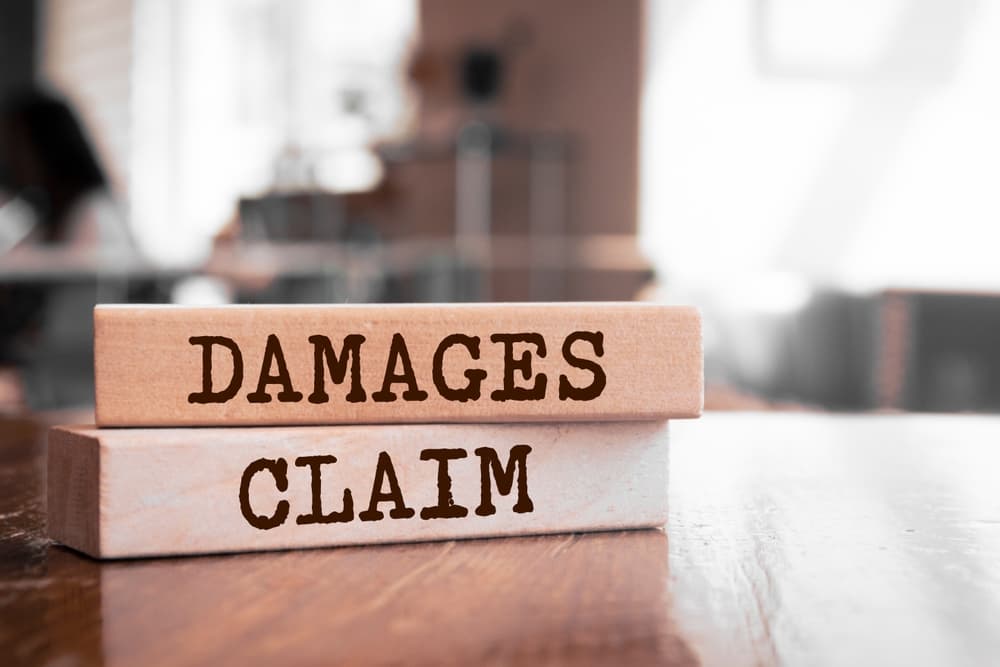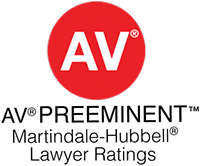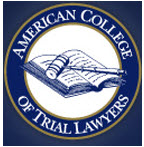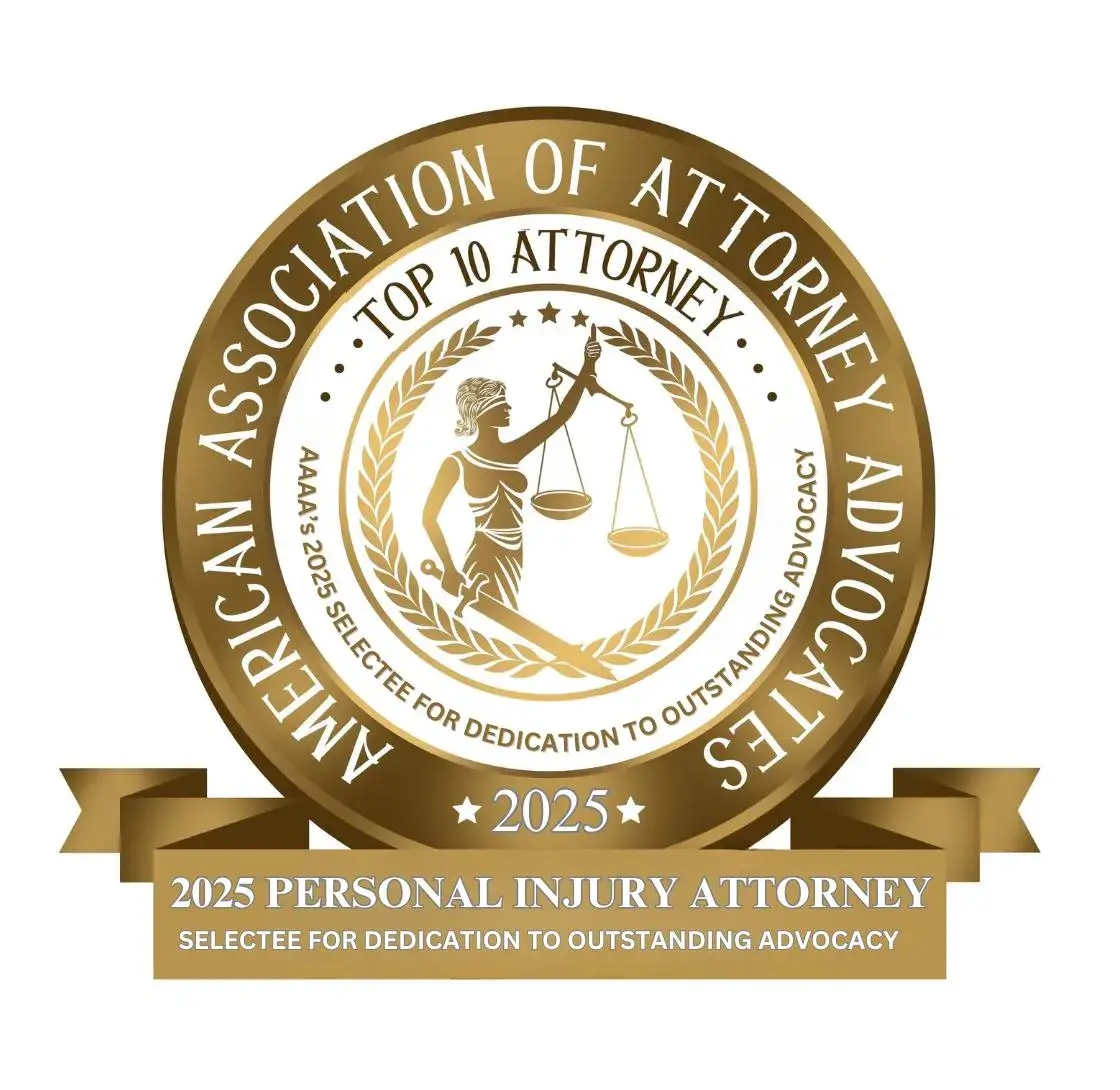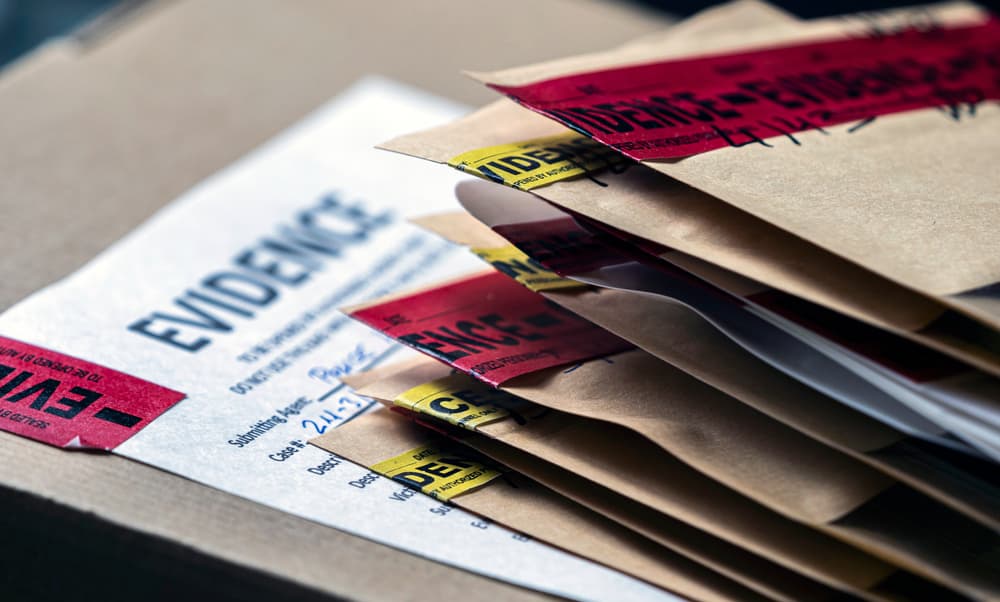
What Evidence Should You Gather at the Scene of a Truck Crash?
A collision with a large commercial truck is a sudden, violent, and disorienting event. In the chaos that follows, your immediate priority is your safety and the well-being of your passengers. However, if you are physically able, the actions you take in the minutes and hours after the crash are critical. The evidence you gather at the scene of a truck accident can become the foundation of a successful personal injury claim, directly impacting your ability to secure fair compensation for your injuries and losses.
Your Absolute First Priority: Safety and Medical Attention
Before we discuss a single piece of evidence, let’s be clear: nothing is more important than your health and safety.
- Call 911 Immediately. Report the accident and your location. Be as specific as possible. Mention that a commercial truck is involved and report any injuries you are aware of. Emergency services need to be dispatched for medical aid, traffic control, and to create an official record of the incident.
- Assess Your Injuries. Adrenaline is a powerful chemical. It can mask serious pain and significant injuries. You might feel “shaken up” but okay, only to discover hours or days later that you have a concussion, internal bleeding, or soft tissue damage like whiplash.
- Accept Medical Help. When paramedics arrive, let them evaluate you. Even if you feel you can walk away, it is vital to be checked by a professional. Refusing medical treatment at the scene is something insurance companies often use later to argue that your injuries weren’t serious or weren’t caused by the crash.
- Move to a Safe Location (If Possible). If your vehicle is in a dangerous spot and you can move, get to the side of the road or a sidewalk. The aftermath of a crash on a busy highway like I-95, Route 80, or the New Jersey Turnpike is an incredibly hazardous environment. Turn on your hazard lights, but only exit your vehicle when you are certain it is safe to do so.
Once you are safe and have sought medical attention, you can then turn your attention to documenting what happened.
Documenting the Scene
Your phone is the single most powerful evidence-gathering tool you have at the scene. Photographs and videos are objective, compelling, and can capture details that you might otherwise forget or that may change over time. Don’t worry about being a professional photographer; just capture as much as you can. You can never take too many pictures.
What to Photograph and Video
The Big Picture: Start by taking wide shots of the entire accident scene from multiple angles. Capture the final resting positions of all vehicles involved. This helps reconstruct the sequence of events. A short video, slowly panning across the entire scene, can be incredibly effective.
All Vehicles Involved: Walk around every vehicle (yours, the truck, any others) and take photos from all sides—front, back, left, and right. Get close-ups of all the damage on each vehicle. This can help accident reconstruction experts determine points of impact and the force of the collision.
The Truck: This is critically important. Trucking companies are regulated by federal and state laws, and the truck itself holds vital information.
- The Company Name and Logo: Clearly photograph the name and any logos on the cab and trailer.
- USDOT and MC Numbers: Look for the U.S. Department of Transportation (USDOT) number and the Motor Carrier (MC) number, which are usually displayed on the side of the truck’s cab. This number is a direct link to the trucking company’s safety record, inspection history, and insurance information. It is one of the most important pieces of evidence you can gather.
- License Plates: Get clear shots of the license plates on both the tractor (the cab) and the trailer. They may be from different states and registered separately.
- Any Other Markings: Look for “How’s My Driving?” stickers with 1-800 numbers, vehicle identification numbers (VINs), or any other identifying text or numbers on the truck.
The Scene Itself: The environment of the crash tells a story.
- Skid Marks: Photograph any skid marks (or lack thereof) on the pavement. Measure them with your feet if you can do so safely.
- Debris Field: Capture photos of broken glass, vehicle parts, and any other debris on the road. The location of debris can help show the point of impact.
- Road Conditions: Was the road wet, icy, or covered in potholes? Was there construction? Capture these details.
- Traffic Signs and Signals: Photograph any nearby stop signs, yield signs, speed limit signs, or traffic lights. Note if the signals were working at the time of the crash.
- Weather and Lighting: Your photos should naturally capture the weather (rain, sun, fog) and time of day (daylight, dusk, dark). These factors can be relevant to liability.
Your Injuries: If you have visible injuries like cuts, bruises, or scrapes, take photos of them at the scene and in the days that follow as they develop.
Remember, the scene of a crash is temporary. Vehicles will be towed, debris will be cleared, and skid marks will fade. The photos and videos you take in these first moments are a permanent record of a scene that will soon be gone forever.
Gathering Information from People
While photos provide the physical context, people provide the narrative. You need to gather contact and insurance information from everyone involved, especially any independent witnesses.
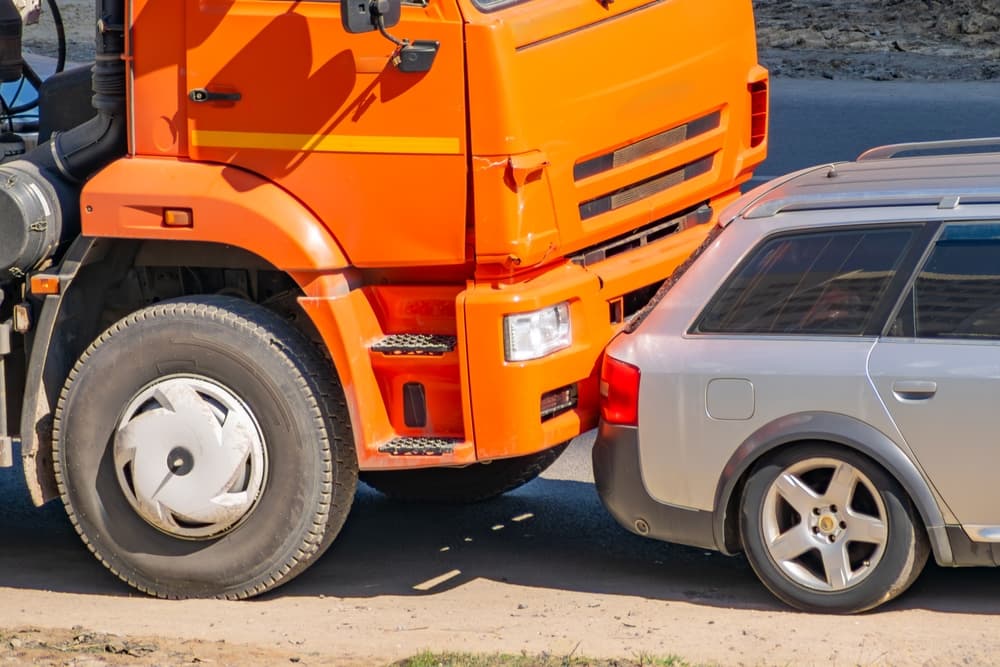
The Truck Driver: Calmly and politely ask for the following:
- Full Name and Contact Information
- Driver’s License Number
- The Name of Their Employer (the trucking company)
- The Trucking Company’s Address and Phone Number
- Their Insurance Company’s Name and Policy Number
Witnesses: This is one of the most overlooked but essential steps. Independent witnesses have no stake in the outcome of the case. Their testimony is often seen as unbiased and highly credible.
- Politely ask anyone who saw the crash for their name and phone number. If they are willing, ask them to briefly tell you what they saw and make a quick note of it on your phone.
- In the diverse communities that make our region so vibrant, from the melting pot of Hackensack and Teaneck to the Korean-speaking residents of Fort Lee and Palisades Park, a witness may feel hesitant to come forward, perhaps due to a language barrier or uncertainty. A kind and respectful request for just their name and number can be enough. A simple “Did you see what happened? Can I please get your name and number?” is all it takes. Assure them their help could be very important.
The Official Record: Interacting with Law Enforcement
When the police arrive, they will begin their own investigation and create an official police report. This report is a cornerstone of any future claim.
- Be Cooperative and Factual: Answer the officer’s questions honestly and stick to the facts of what you know.
- Do Not Admit Fault: Do not apologize or say anything that could be interpreted as an admission of fault, like “I’m so sorry” or “I didn’t see him.” These are natural things to say when you’re in shock, but they can be used against you later. Simply state what you saw and what you experienced.
- Get the Officer’s Information: Ask for the responding officer’s name, badge number, and the police report number. Also, ask which department they are from (e.g., Fort Lee Police, New Jersey State Police). This will make it much easier to obtain a copy of the report later.
- Correct Any Mistakes: If you overhear the officer or another party describing the accident incorrectly, politely state your version of the facts.
The police report will contain the officer’s initial assessment of the crash, diagrams, statements from parties and witnesses, and other critical information.
What to Do in the Hours and Days That Follow
The evidence-gathering process doesn’t stop when you leave the scene.
Write Everything Down: As soon as you can, sit down and write or record a voice memo of everything you remember about the accident. Start from before the crash—where were you going, what were traffic conditions like? Describe the crash itself—what did you see, hear, and feel? What happened immediately after? What did the truck driver or witnesses say? Memories fade quickly, and a detailed, contemporaneous account is invaluable.
Preserve Physical Evidence:
- Your Vehicle: Do not rush to get your car repaired. It is a massive piece of evidence. Your legal team will want their own experts to inspect the damage to understand the forces at play.
- Your Clothes: If your clothes were torn or bloodied in the crash, place them in a bag and save them. They are evidence of the physical trauma you endured.
- Damaged Personal Items: A broken laptop, a shattered phone, or a destroyed pair of eyeglasses are all part of your claim. Keep them.
Follow Up on All Medical Care: Go to all your doctor’s appointments, physical therapy sessions, and specialist visits. Following your doctor’s treatment plan not only helps you heal but also creates a clear medical record that documents the extent of your injuries and the path to recovery.
Critical Mistakes to Avoid After a Truck Crash

Just as important as knowing what to do is knowing what not to do. The trucking company and its insurance carrier have a team of professionals whose job is to minimize their financial exposure. They may spring into action immediately.
- Do Not Give a Recorded Statement: An insurance adjuster from the trucking company will likely call you very soon after the crash. They may sound friendly and concerned, but their goal is to get you to say something on a recorded line that they can use to deny or devalue your claim. You are under no obligation to speak with them. Politely decline and tell them your attorney will be in touch.
- Do Not Sign Anything: Do not sign any documents, waivers, or settlement offers from an insurance company without having them reviewed by an experienced personal injury attorney. You could be signing away your rights for a fraction of what your case is truly worth.
- Do Not Post on Social Media: This is crucial in today’s world. Insurance companies will scour your social media profiles (Facebook, Instagram, Twitter, etc.) for anything they can use against you. A photo of you at a family barbecue could be used to argue you aren’t really in pain. A simple comment about the accident could be taken out of context. The safest course of action is to refrain from posting anything about the accident or your recovery until your case is resolved.
- Do Not Downplay Your Injuries: When talking to anyone about the accident (except your own lawyers), do not minimize your pain. Saying “I’m fine” or “I’ll be okay” can be twisted to mean you weren’t seriously hurt. Be honest about your pain and limitations.
By methodically and safely gathering these key pieces of evidence, you are not just building a case; you are taking the first step toward justice. You are ensuring that your story will be heard and that the parties responsible for upending your life will be held accountable.
Our Truck Accident Lawyers in New York Are Here for You
We understand that reading a list of things to do after a traumatic event can feel like a lot. In the real world, you may be seriously injured, disoriented, and unable to gather all this information yourself. That’s okay. Your first and only job is to take care of your health.
The rest is where we come in.

At Maggiano, DiGirolamo & Lizzi, P.C., we see you not as a case number, but as our neighbor. We represent the person next door, the family whose life has been turned upside down by someone else’s negligence. Whether your accident occurred in the bustling, diverse communities of Hackensack, Teaneck, or Lodi, the tight-knit neighborhoods of Fort Lee and Palisades Park, or the five boroughs of New York, we are here to stand in your shoes.
Courage defines us. Justice drives us. Our clients inspire us. We work on a contingency fee basis, which means we only get paid if we win your case. There is no case too challenging and no case too small. Let us take the burden of gathering evidence and fighting the legal battle off your shoulders, so you can focus on the most important thing: healing.
Contact us today at (201) 585-9111 or through our online form for a free, no-obligation consultation. Let us listen to your story and show you how we can help. You are not alone. We are in this together.



